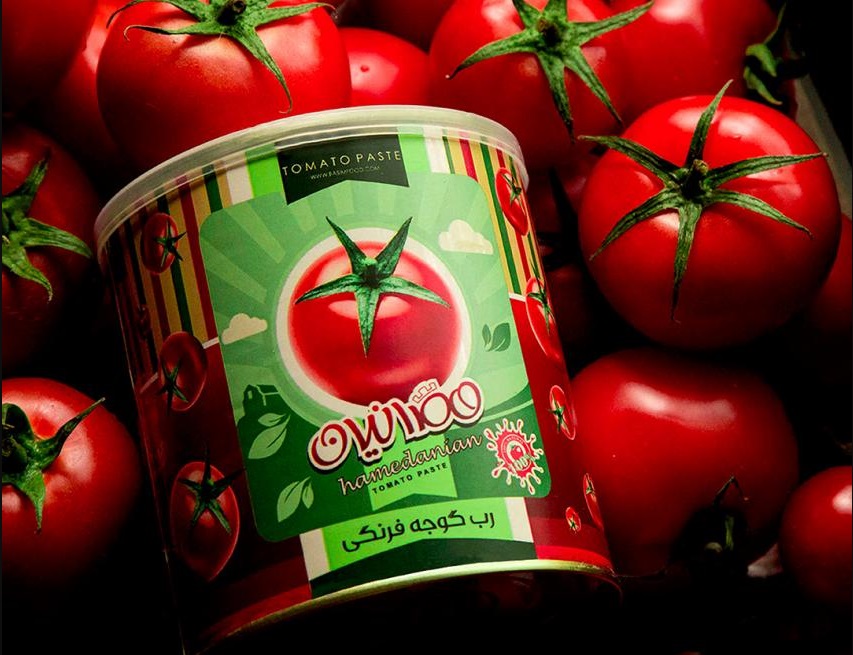How to import canned tomato paste performed? Is it at all seasons of the year imports of canned tomato paste can be done? Are there any restrictions on importing canned tomato paste? You will receive answers to these questions here.
canned Tomato paste is a very useful and Full of properties product. Tomato paste from ancient times as a great seasoning with high medicinal properties known. Tomato paste has different vitamins and minerals needed for the body.

To strengthen the immune system and receipt of materials useful in the paste, several times a week to try to use it as a seasoning in food.
Canned tomato paste in bulk is produced in more countries. But due to the high per capita consumption of this product in some countries you need to import.Each country, according to its needs, import tomato paste in all seasons of the year. Many manufacturers in different countries offer tomato paste at reasonable prices to importers So importers are more likely to import.
Here is the answer to the first question of how tomato paste can be imported. The importation of tomato paste is like importing all kinds of food, and it has the steps that each importer can follow to comply with them.
Some import steps:
- Identify the product manufacturers abroad
- Inquiry technical specification and price of goods
- Receive product samples
- Deciding on the type, model and number of imported goods
- Received the invoice from the vendor
- Knowledge of tariffs and conditions for the import of goods
- Calculate the actual cost of goods
- Agreement on the method of payment of the goods to the seller
- Agreement at time of carriage of goods and manner of carriage
- The precise knowledge of certificates and standards for imports
- Check the shipping documents required by the vendor and get his approval for the ability to provide documents
- Agreement to inspect the goods
- Reception of HS Code and initial standard license if applicable
- Get the necessary permits to import the goods from relevant organizations
- Payments made during the previous agreement – either T / T or L / C or D / P or other terms
- Track and monitor the correct and timely production of the product
- Inspection before shipment
- Get samples of the product after production and before shipment
- Co-ordination for the carriage of goods
- Controlling draft shipping documents
- Pay the balance of the product with terms agreed
- Get the original shipping documents from the seller
- Tracking the arrival of goods to the Customs Office
- Receiving shipping documents and other documents
- Receiving inspection documents
- Receiving the necessary permits from the relevant organizations.
- Shipping of goods to other customs offices if needed
- Providing full documentation and explanations to those who do the clearance work
- Payment of customs duties and other costs associated with clearance
- Transportation of goods to the warehouse after the clearance
 canned co import &export canned
canned co import &export canned

 OUR PHONE:
OUR PHONE:  WhatsApp:
WhatsApp:  OUR E-MAIL: INFO@CANNEDCO.COM
OUR E-MAIL: INFO@CANNEDCO.COM

